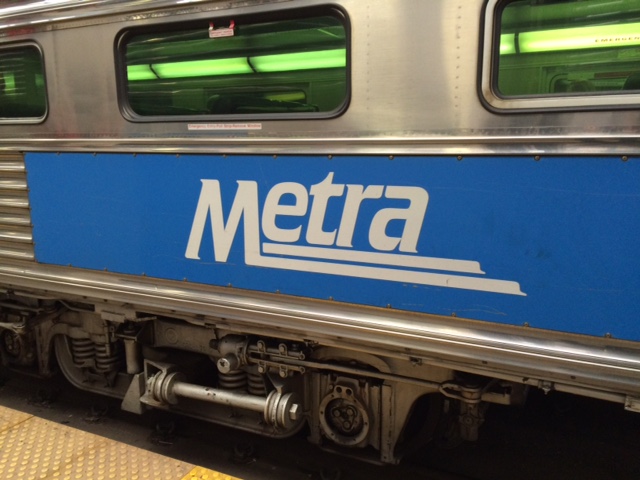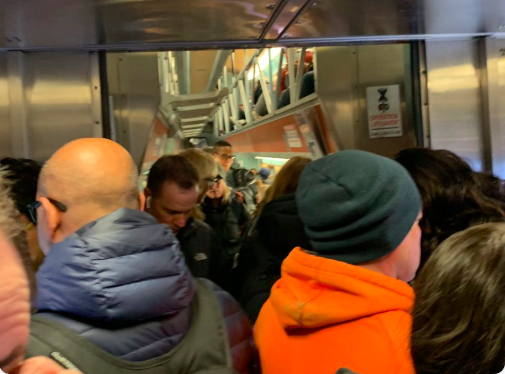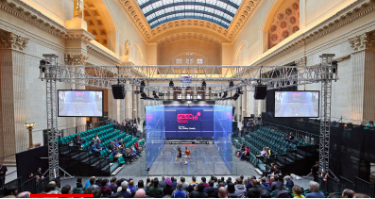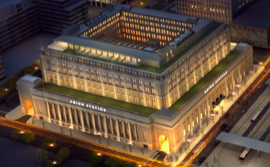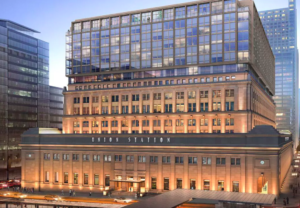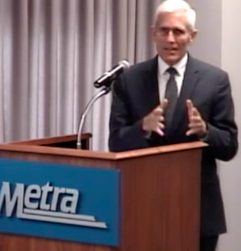Metra and Amtrak are fighting over the rent, but what about the service?
Amtrak, which owns Union Station, has declared an impasse in the yearlong negotiations over how much the commuter rail agency should pay to use the facility.
That amount was $9.66 million in FY 2018. Reportedly, Amtrak wants to increase that by several million dollars, but Metra wants to cut it to less than $7 million a year.
Amtrak contends Metra should be paying more because its use of Union Station has increased significantly over the years. Amtrak also says there are “significant gaps in other cost categories, including operating expenses, policing, liability and overall capital investment.”
As a result, Amtrak has asked the federal Surface Transportation Board, the agency that regulates U.S. railroads, to step in and resolve the dispute. Metra agrees. Although the current lease will expire Monday, both sides say no disruption of service or other operational changes will occur at the station.
That’s good news for the 109,520 passengers who ride the six Metra lines, including the BNSF, that use the station.
But money isn’t everything. Metra ought to be demanding that Amtrak do a better job of ensuring that commuters get better service. That means reducing the signal and switch problems that frequently cause delays for trains at Union Station. Or ensuring no more human screwups like the one that occurred Feb. 28 when an Amtrak…

